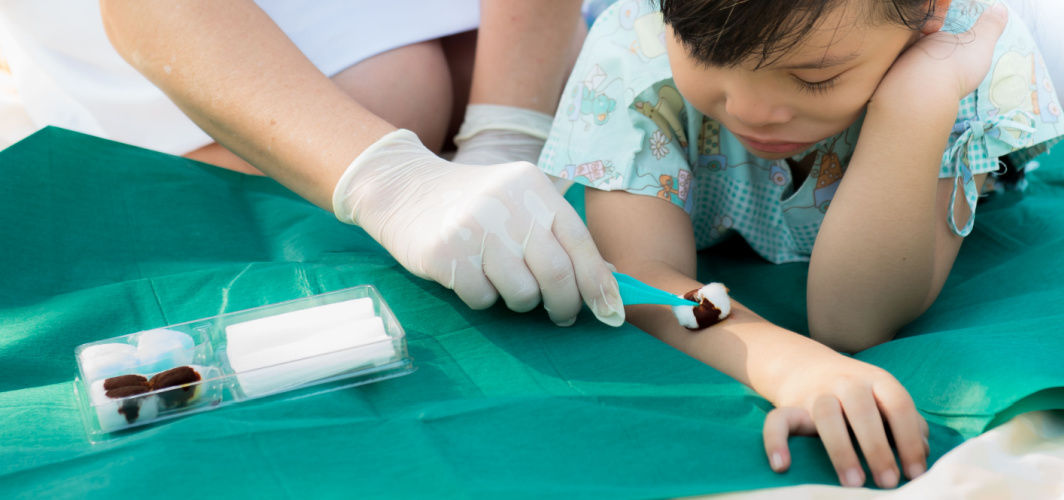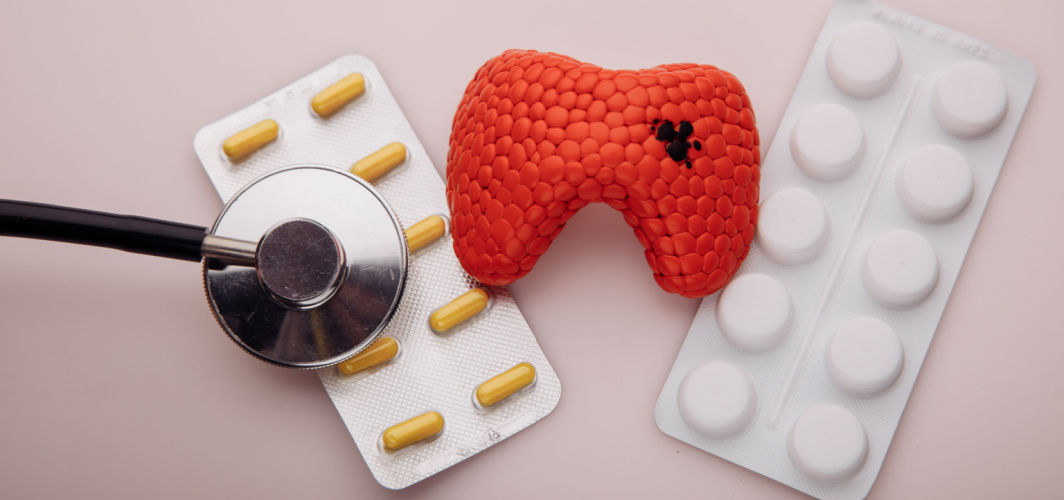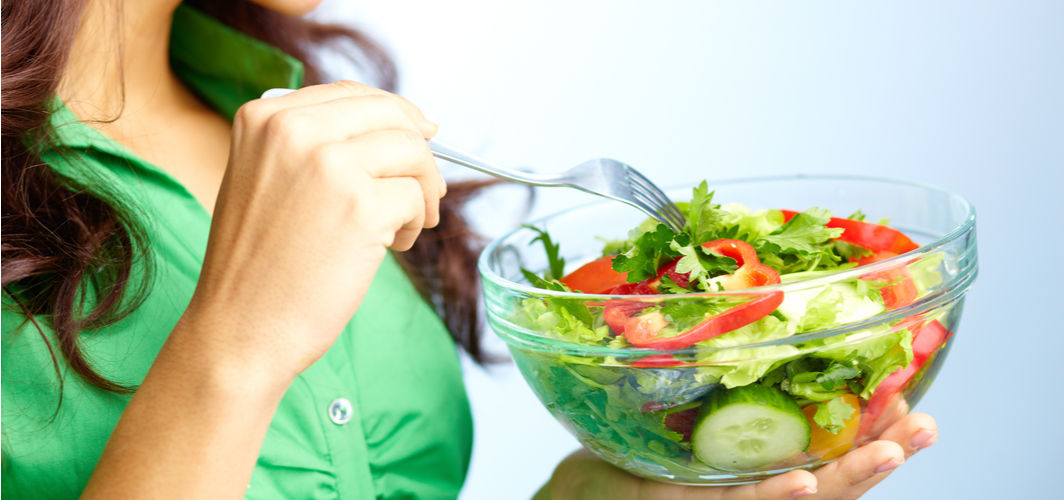General Health
How To Use Betadine For Cuts And Scrapes: Dos and Don'ts
5 min read
By Apollo Pharmacy, Published on - 05 September 2023
Share this article
0
0 like

Betadine is a popular brand known for its antiseptic properties. The active ingredient in Betadine, iodine, is well-known for its effective antimicrobial activity. Proper wound care is crucial for several reasons such as preventing infection, promoting healing and reducing pain and discomfort. In this article, we will explore the dos and don'ts of using Betadine for cuts and scrapes and provide you with valuable information on how to use it effectively.
Role of Betadine in Wound Care
Betadine is a commonly used antiseptic solution that effectively kills a wide range of microorganisms, including bacteria like
- Staphylococcus aureus
- Escherichia coli
- Fungi like Candida albicans
- Viruses like herpes simplex virus
1. How does Betadine Work?
Betadine works by releasing iodine, which acts as a powerful germicide. Iodine has broad-spectrum activity against various microorganisms, including Methicillin-resistant Staphylococcus aureus (MRSA). It disrupts the cell membrane of microorganisms, causing them to weaken and die.
2. Benefits of Using Betadine
The following are the benefits of using Betadine for cuts and scrapes:
- Prevents infection: Applying Betadine to wounds helps kill bacteria on the skin's surface, reducing the risk of infection.
- Rapid action: Betadine starts working within 30 seconds of application, providing quick protection against infection.
- Wound healing: By preventing infection, Betadine promotes faster wound healing.
- Versatility: Betadine can be used for various types of cuts and scrapes, making it a versatile option for wound care.
Proper Application of Betadine
Proper application of Betadine is essential for effective wound care.
1. Preparing the Wound Area
- Start by cleaning the wound with mild soap and water. This helps remove any dirt or debris that may be present.
- Gently pat the area dry with a clean towel or tissue. Avoid rubbing as it can further irritate the wound.
2. Applying Betadine Correctly
- Use a clean cotton swab or sterile gauze pad to apply Betadine to the wound. This helps prevent contamination and infection.
- Cover the entire wound surface with Betadine solution, making sure to apply it generously. Ensure that no area is left untreated.
Potential Side Effects and Precautions
Although it is generally safe to use, there are a few potential side effects and precautions to keep in mind.
1. Possible allergic reactions to Betadine
Some individuals may be allergic to iodine, the active ingredient in Betadine. If you experience any signs of an allergic reaction, discontinue use immediately and seek medical attention. It may include:
- Rash
- Itching
- Swelling
- Difficulty breathing
It is also possible to develop an allergy to Betadine after using it for an extended period. If you notice any unusual symptoms after prolonged use, consult a healthcare professional.
2. Precautions for specific populations
- Pregnant women: Although there is limited information on the safety of Betadine during pregnancy, it is generally considered safe to use. However, it is advisable to consult your healthcare provider before using it.
- Children: Betadine should be used with caution in children. It is recommended to consult a paediatrician before applying Betadine to children's skin.
3. Consult a healthcare professional
Consult a healthcare professional if:
- The symptoms worsen or persist after using Betadine.
- You accidentally swallow Betadine or experience any discomfort after ingestion.
- You have any underlying medical conditions or are taking any medications that may interact with Betadine.
Other Wound Care Tips
Proper wound hygiene plays a crucial role in promoting effective wound healing and preventing infection.
1. Importance of Proper Wound Hygiene
Here are some tips to ensure good wound care:
- Cleanse the wound gently: Use a mild soap and warm water to clean the area around the wound. Avoid harsh scrubbing, as it can damage the delicate tissue.
- Keep the wound dry: Excess moisture can hinder the healing process and increase the risk of infection. After cleaning, pat the wound dry with a clean towel or let it air dry.
- Apply an appropriate dressing: Depending on the type and severity of the wound, your healthcare provider may recommend using a specific dressing. Dressings help create an optimal environment for healing and protect the wound from further harm.
- Change dressings regularly: Regularly change dressings as per your doctor's instructions. This helps in preventing infection and promotes faster healing.
2. Signs and Symptoms of Infection
Although proper wound care reduces the risk of infection, it is essential to be aware of signs and symptoms that indicate an infection is developing. These may include the following:
- Increased pain or tenderness at the wound site
- Redness, swelling or warmth around the wound
- Pus or drainage from the wound
- Foul odour
- Fever or chills
- Delayed healing
Remember, early intervention is key to successful wound management.
Conclusion
Betadine is a commonly used antiseptic for treating cuts and scrapes. When used correctly, Betadine can effectively prevent infections and promote wound healing.
By following these guidelines, you can confidently use Betadine for cuts and scrapes, helping to prevent infection and promote faster healing. Always consult with a healthcare professional if you have any concerns or questions regarding the use of Betadine. Stay prepared and take care of your health!
FAQs
Q. Should I dilute Betadine solution before using it on cuts and scrapes?
No, you do not need to dilute Betadine solution before using it on cuts and scrapes. The solution is ready to use and should be applied directly to the wound.
Q. How often should I apply Betadine for cuts and scrapes?
You should apply Betadine to the affected area once or twice daily, depending on the severity of the wound. However, it is important to follow the instructions provided by your healthcare professional or read the product label for specific usage guidelines.
Q. Can I cover the wound with a bandage after applying Betadine?
Yes, you can cover the wound with a sterile bandage after applying Betadine. This will help protect the wound from further contamination and promote faster healing.
Q. Are there any side effects of using Betadine for cuts and scrapes?
Common side effects of using Betadine include skin irritation, redness or itching. If you experience any severe or persistent side effects, it is recommended to consult your healthcare professional.
Q. Can I use Betadine if I am allergic to iodine?
If you are allergic to iodine or have a history of iodine allergy, it is advisable to avoid using Betadine. It is important to consult with your healthcare professional for alternative options.
General Health
Leave Comment
Recommended for you

General Health
Brain Boosting Supplements: Bye or Buy?
We all want that easy life where supplements do everything from helping us lose weight to improving our collagen to improving our brain health. However, in the end, it is all about our lifestyle adjustments. Brain-boosting supplements are a rip-off! Here's why you shouldn't buy them, as well as what else you may do to boost your cognitive performance! To find out, read this blog.

General Health
9 Foods to Increase Estrogen Levels Naturally
Estrogen is an essential hormone that plays a vital role in the female body. Low estrogen levels can adversely affect your sexual and reproductive health. So, if you are running low on this naturally-occurring hormone, add some foods to your daily diet.

General Health
5 Things You Need To Know Once You Start Taking Thyroid Medicines!
Thyroid medicines, when taken in the correct doses and correct manner can be quite helpful in treating any disorder. Read this blog to know more about these medications.
Subscribe
Sign up for our free Health Library Daily Newsletter
Get doctor-approved health tips, news, and more.
Visual Stories

Plant-based Foods That Are a Great Source of Iron
Tap to continue exploring
Recommended for you

General Health
Brain Boosting Supplements: Bye or Buy?
We all want that easy life where supplements do everything from helping us lose weight to improving our collagen to improving our brain health. However, in the end, it is all about our lifestyle adjustments. Brain-boosting supplements are a rip-off! Here's why you shouldn't buy them, as well as what else you may do to boost your cognitive performance! To find out, read this blog.

General Health
9 Foods to Increase Estrogen Levels Naturally
Estrogen is an essential hormone that plays a vital role in the female body. Low estrogen levels can adversely affect your sexual and reproductive health. So, if you are running low on this naturally-occurring hormone, add some foods to your daily diet.

General Health
5 Things You Need To Know Once You Start Taking Thyroid Medicines!
Thyroid medicines, when taken in the correct doses and correct manner can be quite helpful in treating any disorder. Read this blog to know more about these medications.